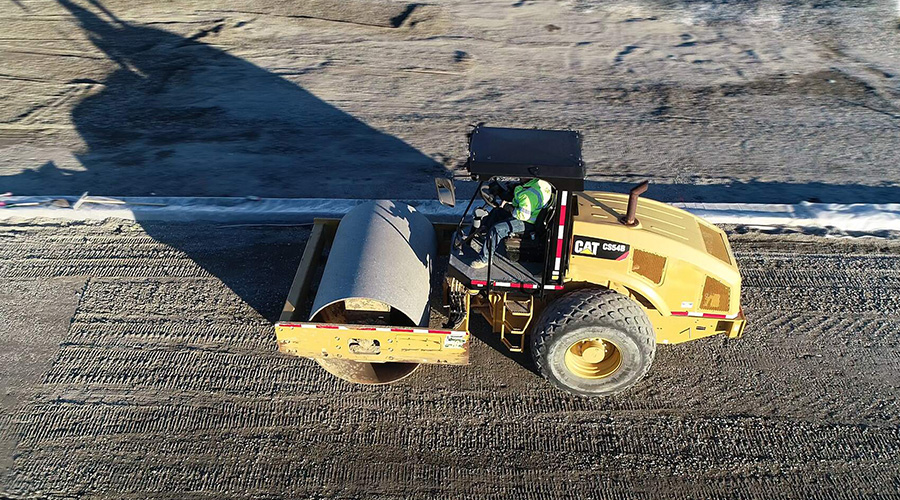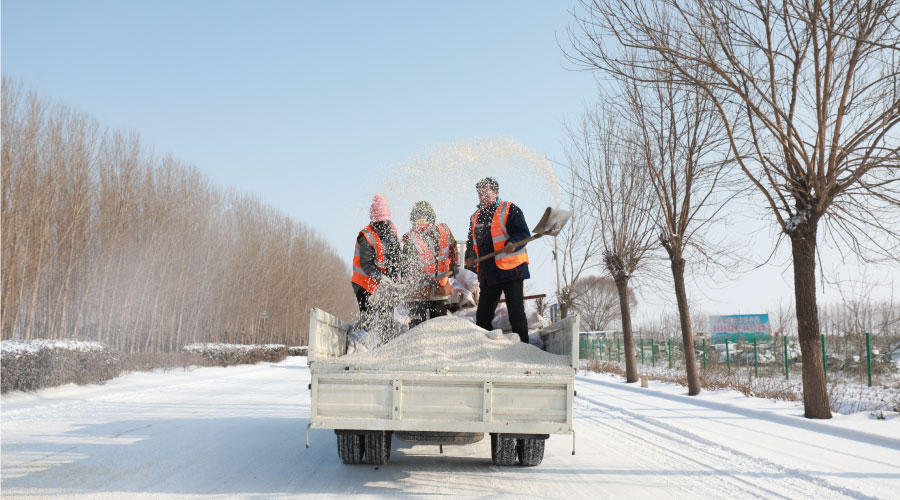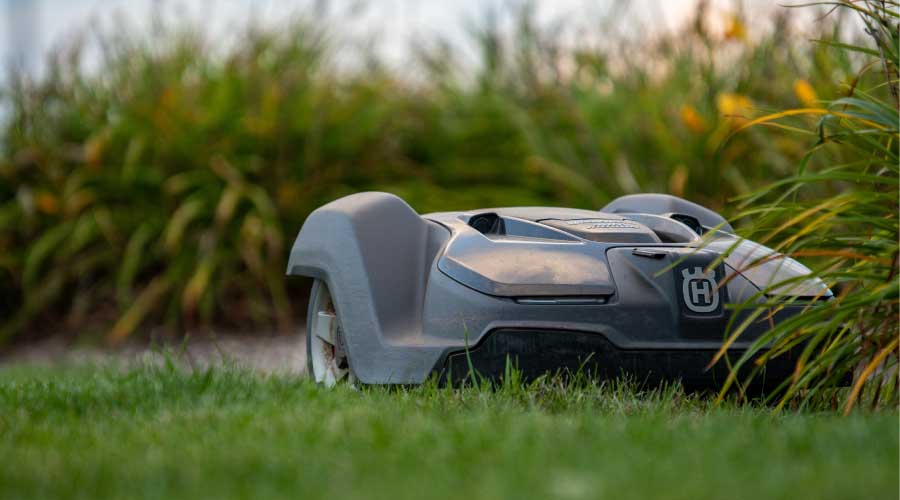Key Factors in Successfully Specifying Grounds Equipment
For almost every grounds equipment decision Newell faces, she must take into account a number of factors. The first is the campus itself.
"We have 70,000 students in a relatively small area because we are a relatively urban campus," she says. "We don't have a lot of open spaces." As a result, the department has been moving to smaller mowers and utility vehicles to navigate the relatively tight spaces on the 600-acre campus.
The department has three walk-behind mowers with mowing decks of 38, 43, and 48 inches. It also has riding mowers — one powered by propane — with 11-foot, 5-foot, and 57-inch cutting decks.
"All of them are fairly small because we don't have a lot of turf," Newell says. Crews also use a fleet of eight utility vehicles, which has gone through an evolution in recent years in response to budget issues and equipment advances.
"What we have done is looked at the cost to maintain trucks vs. utility vehicles and our golf carts," Newell says. "We've come up with money internally by consolidating our equipment. So rather than running 12 or 15 golf carts and a half-dozen pickups, we've replaced all of them with six (utility vehicles) to carry people around.
"We're phasing out some ancient golf carts. They are going, and we are replacing them with (utility vehicles) and consolidating. Our goal is to get large vehicles off the malls. So we do have a couple of small pickups that probably will be leaving. We will keep our big dump truck."
The department has gotten rid of a total of 18 vehicles in the last seven years. The shift in strategy has benefitted the department's budget.
"We've been able to lower our operating costs because the (utility vehicles) get much better gas mileage," Newell says. "We've been able to generate money inside by cost-avoidance. We're not spending so much on fuel."
The second factor affecting the way the department buys grounds equipment is the climate of Tempe, Ariz., which is dry and hot. While year-round warm weather means the department does not have to deal with cold temperatures, it also means there is year-round vegetation growth, so operators and their equipment do not have the luxury of downtime, Newell says.
Year-round high temperatures also create especially harsh operating conditions, which are compounded by the department's storage limitations for grounds equipment.
"One challenge is that we have to store a lot of our equipment outside," Newell says. "We don't have inside storage for it. With the heat and the sun, we have a hard time with hoses not lasting long. Tires and batteries also don't last long in this heat. So we do have to replace those things more often."
Related Topics:













